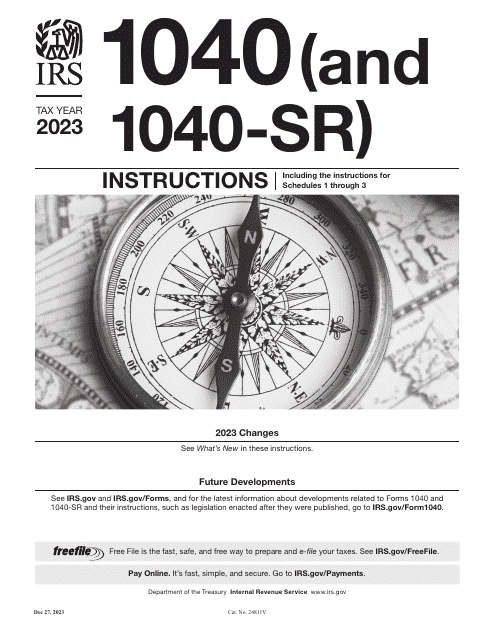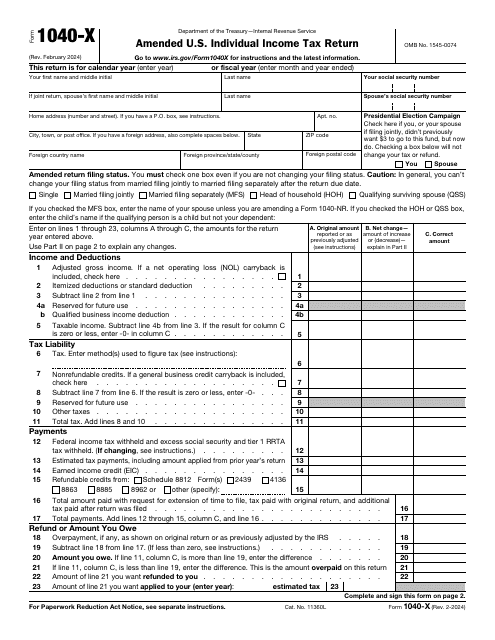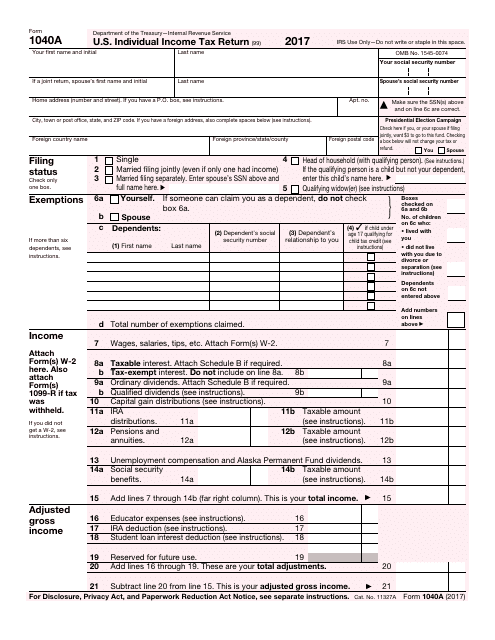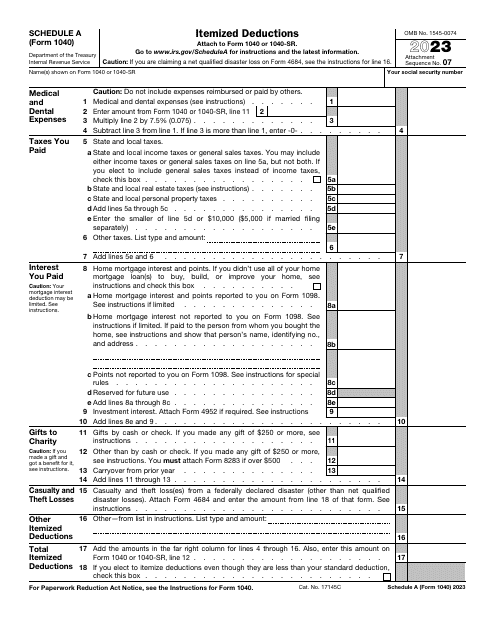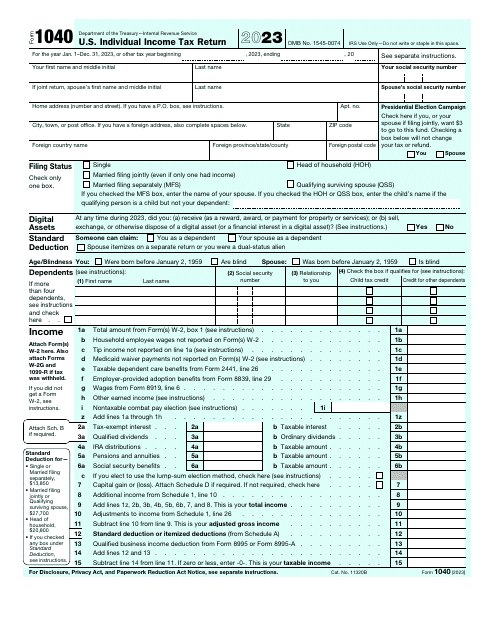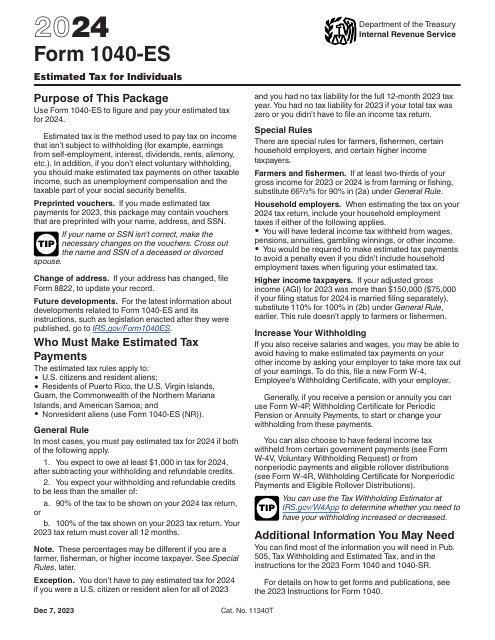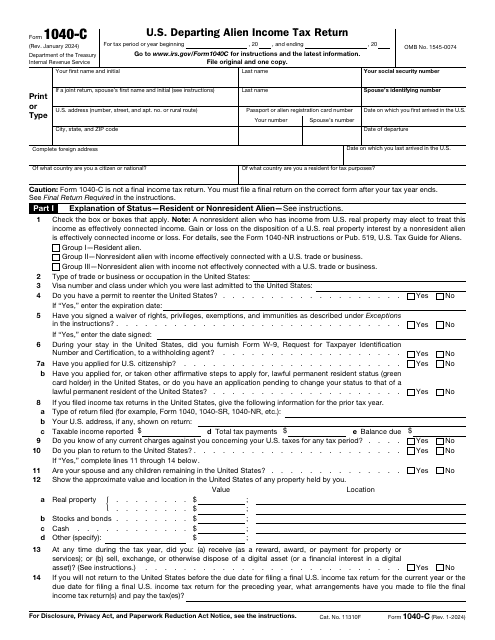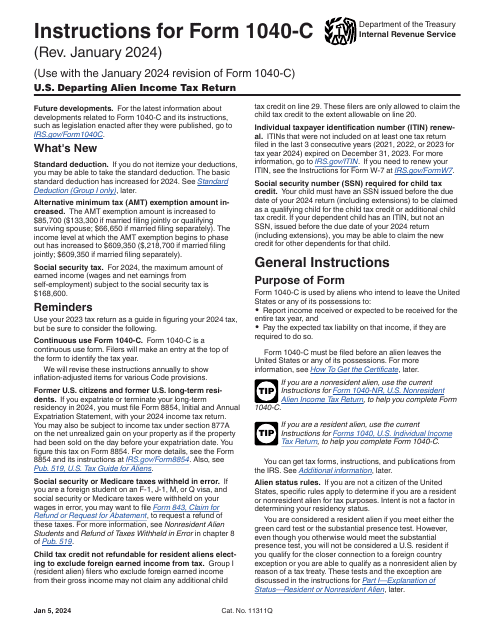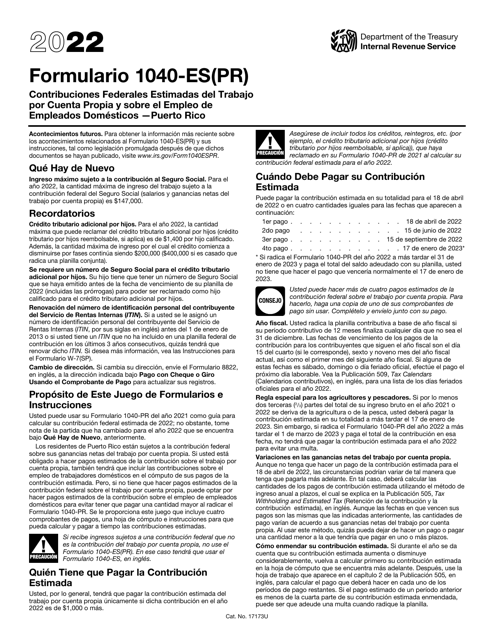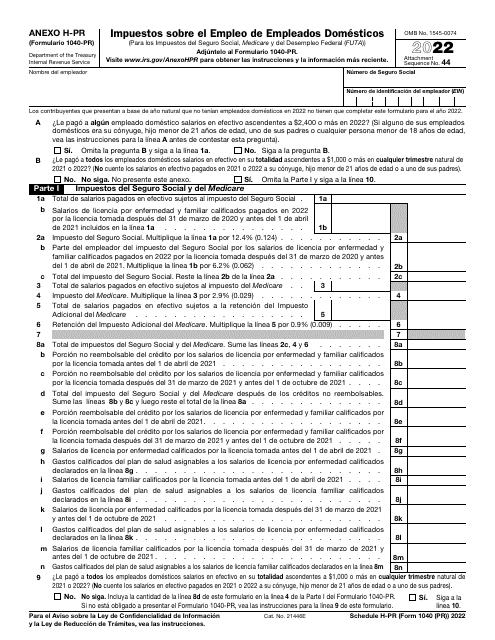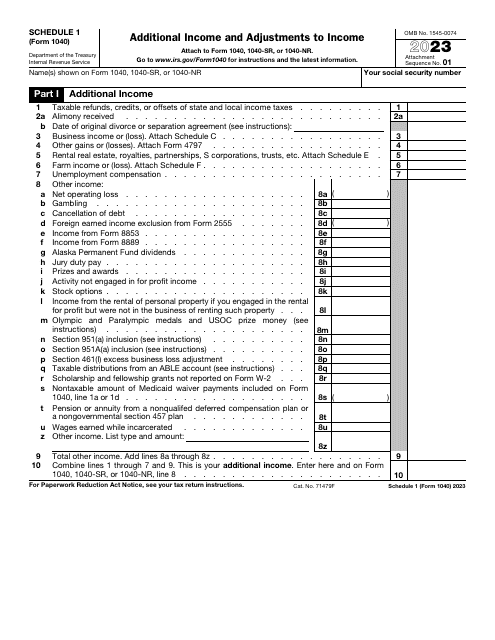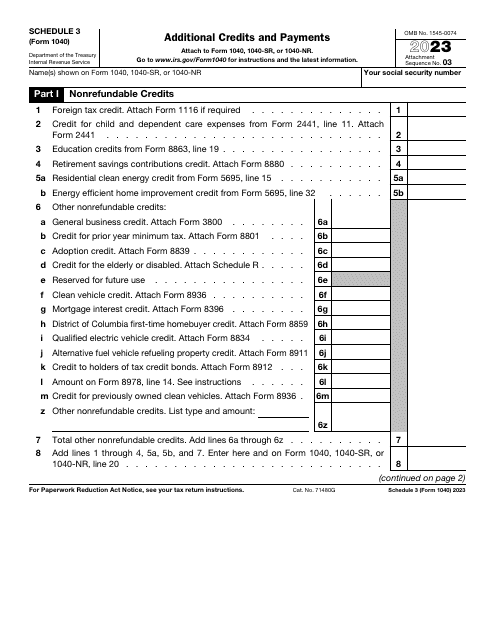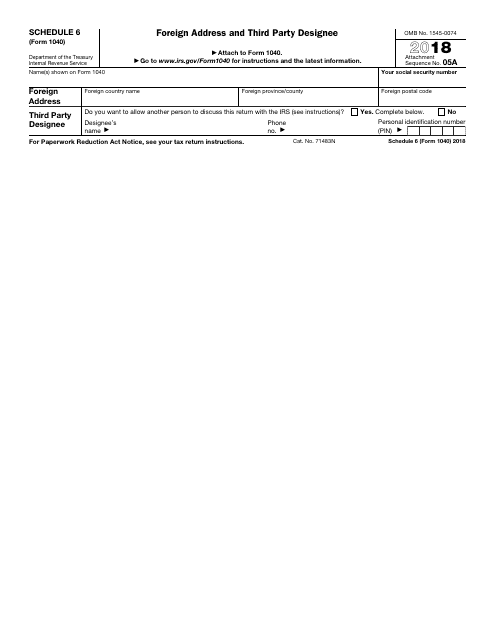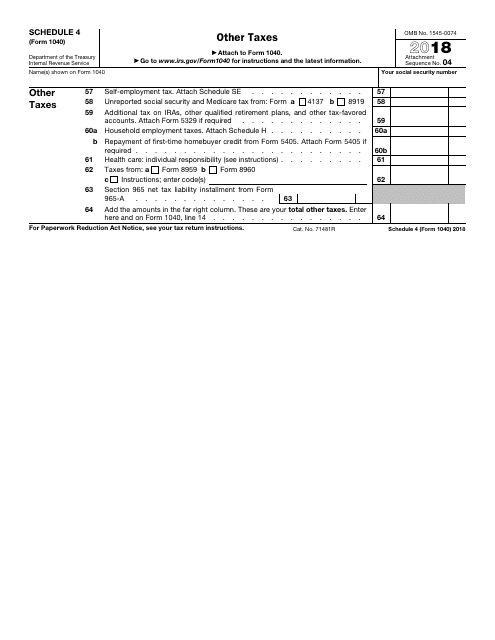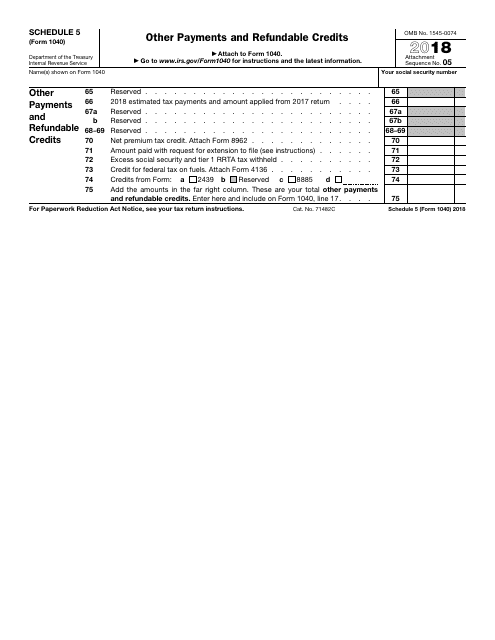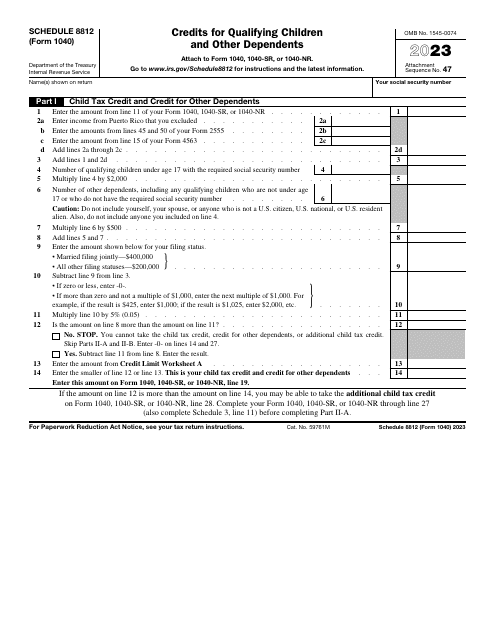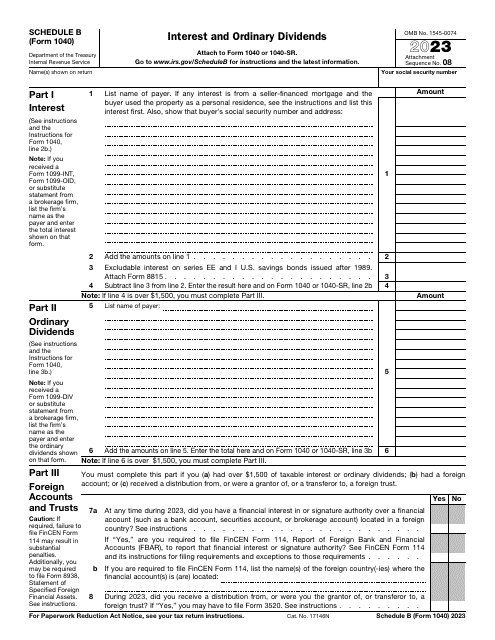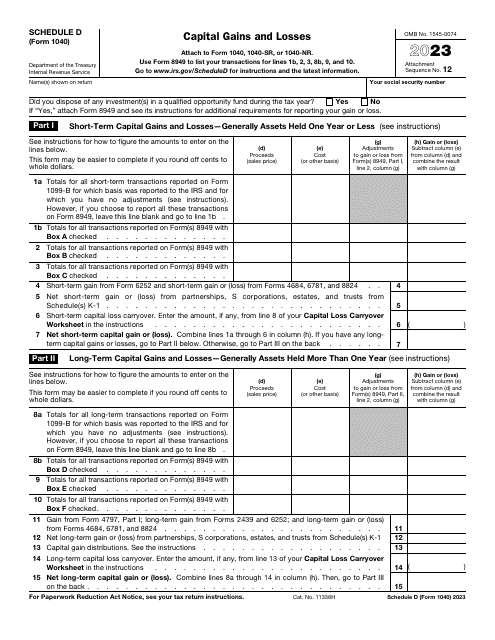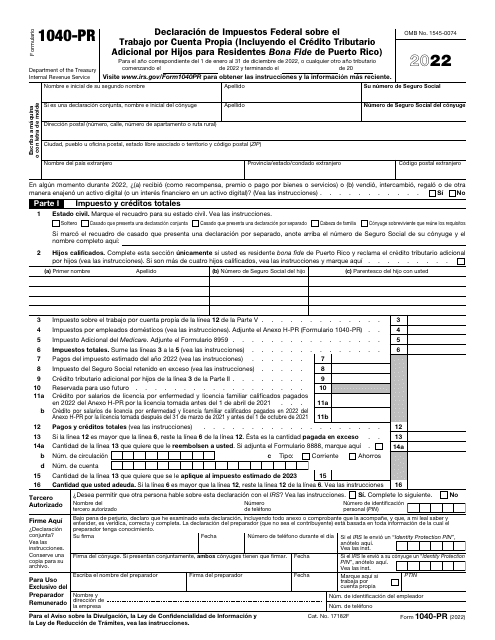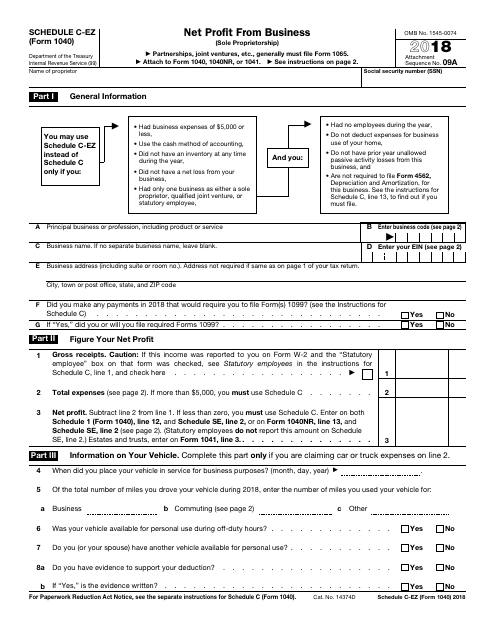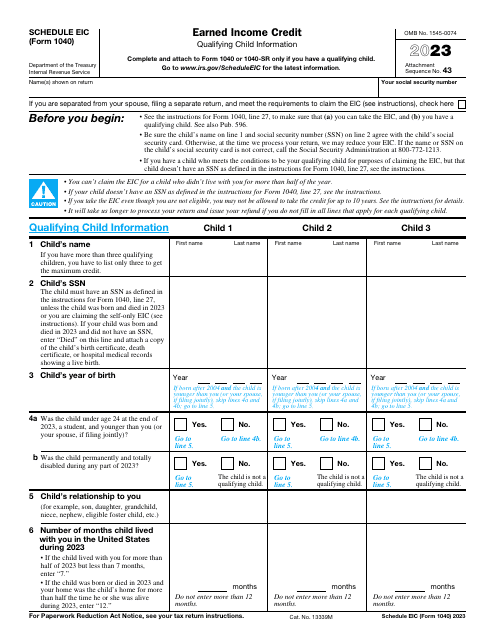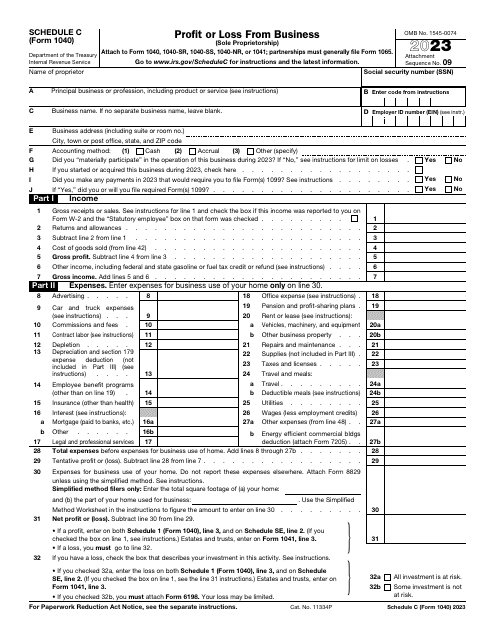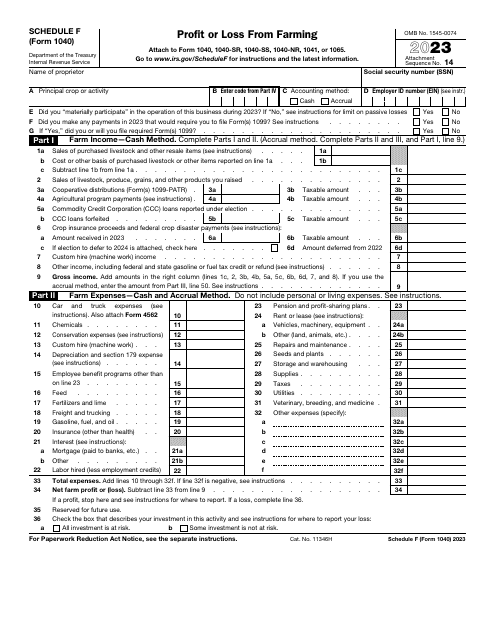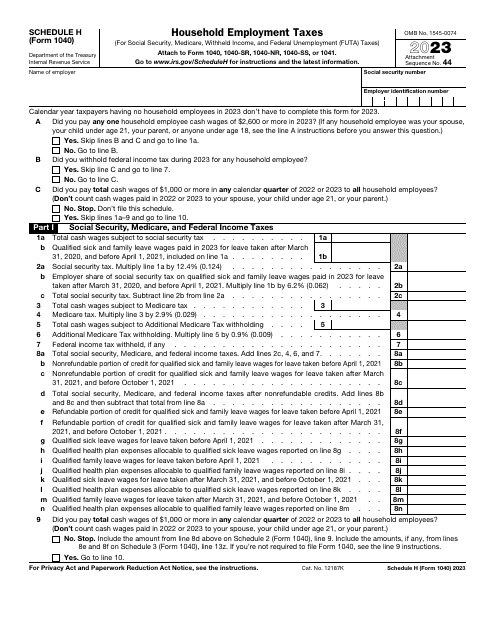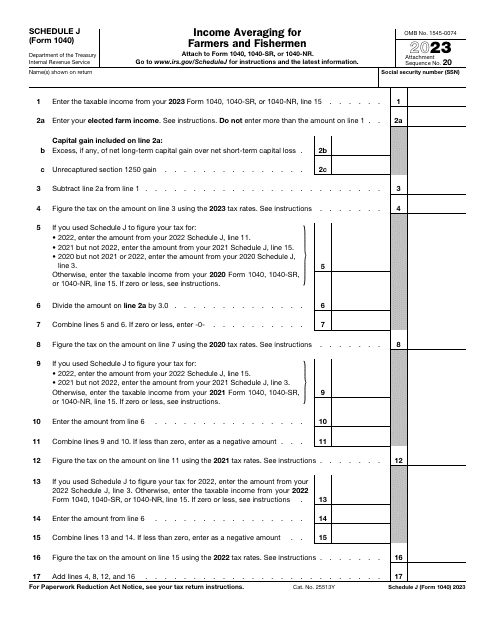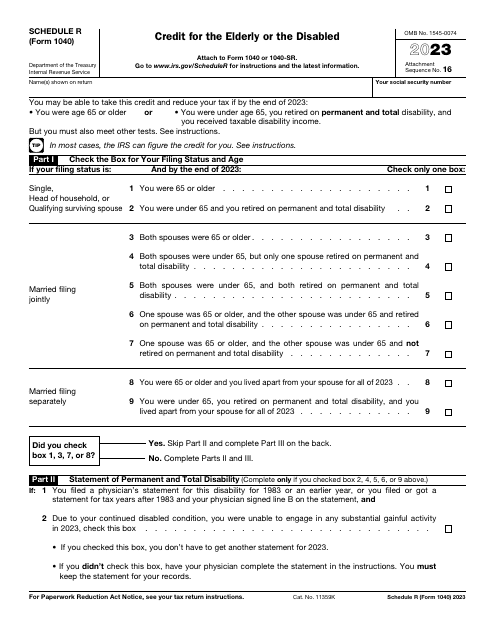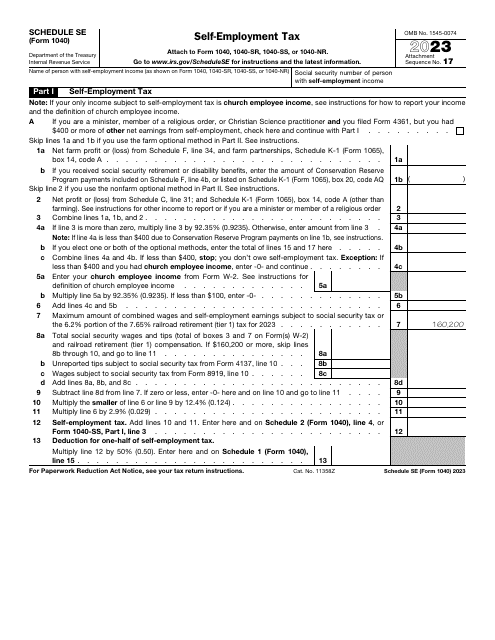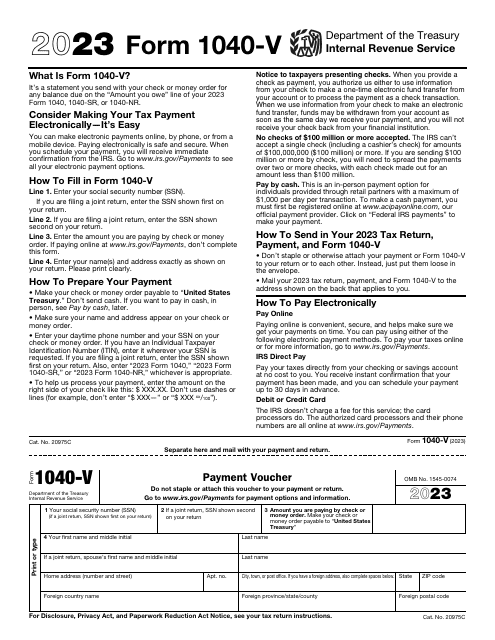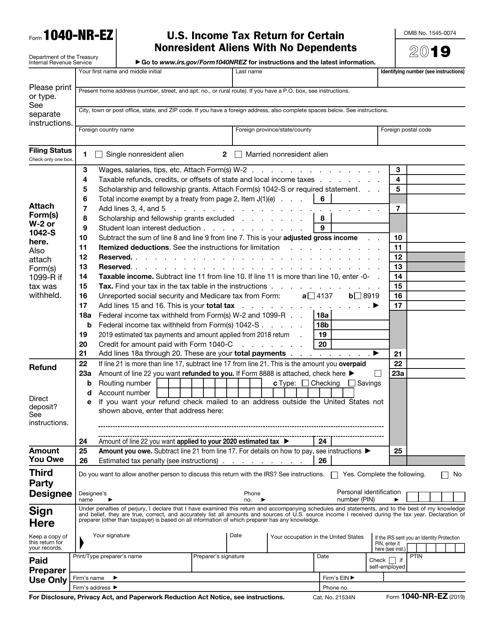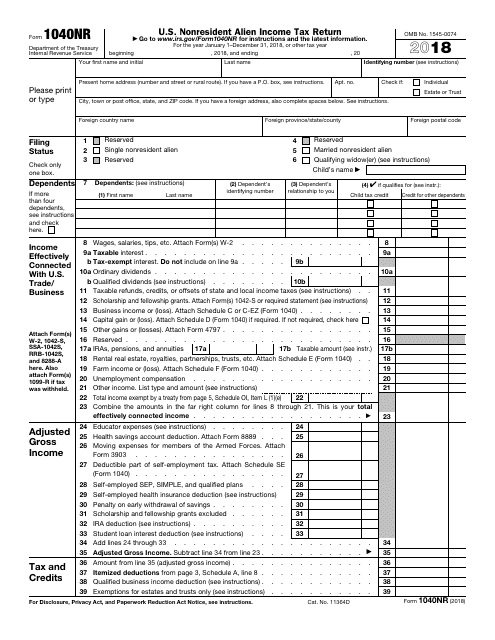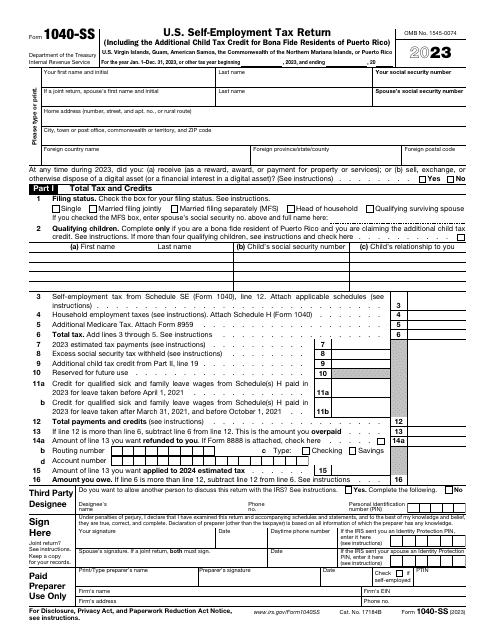IRS 1040 Forms, Schedules and Instructions for 2021
What Are the Different Types of 1040 Forms?
The IRS 1040 forms is a set of schedules and forms used for filing different types of federal individual income tax returns. The forms are issued by the Internal Revenue Service (IRS) . They are designed to collect your income, credit, and deductions information conveniently.
The individual tax return forms in the series include the following:
- IRS Form 1040, U.S. Individual Income Tax Return. This is a standard income tax form to use to report your gross income;
- IRS Form 1040-C, U.S. Departing Alien Income Tax Return. File this form if you are an alien who is going to leave the U.S. or any of its possessions and want to report received or expected income for the entire tax year and pay tax on that income;
- IRS Form 1040NR, U.S. Nonresident Alien Income Tax Return. Complete this form if you are a nonresident alien involved in business or trade in the U.S., or represented a deceased person, estate, or trust that had to submit the IRS Form 1040-NR;
- IRS Form 1040NR-EZ, U.S. Income Tax Return for Certain Nonresident Aliens with No Dependents. Use this form if your U.S. income sources are wages, salaries, scholarshipы or fellowship grants, tips, and refunds of state and local income taxes. Complete this form only if you do not claim any dependents;
- IRS Form 1040-SS, U.S. Self-Employment Tax Return (Including the Additional Child Tax Credit for Bona Fide Residents of Puerto Rico). This form is intended for the residents of the U.S. Virgin Islands, Commonwealth of Puerto Rico, Commonwealth of the Northern Mariana Islands, American Samoa, and Guam who do not need to submit a U.S income tax return. Fill out this form to report your net earnings from self-employment and to pay tax on that earnings;
- IRS Form 1040-V, Payment Voucher. This form is a statement you attach to check or money order you send for any balance due on your Form 1040 or 1040-NR;
- IRS Form 1040X, Amended U.S. Individual Income Tax Return. Submit this form to make any amendments to the already filed forms 1040, 1040-NR, and 1040-NR-EZ. Besides, you can use it to change amounts adjusted by the IRS, claim a carryback due to an unused or loss credit, and make elections after the established deadlines;
- IRS Form 1040-ES, Estimated Tax for Individuals. Complete this form to figure out and pay your estimated tax (tax on income not subjected to withholding).
Some IRS forms and publications released in 2018 and at the beginning of 2019 contain references to the Form 1040-A, U.S. Individual Income Tax Return and Form 1040-EZ, Income Tax Return for Single and Joint Filers with No Dependents . However, the IRS asks to disregard the references, since these forms are outdated and should not be used to file your 2019 taxes.
Instead, the IRS has developed six additional schedules to use with the Form 1040, if needed:
- Schedule 1, Additional Income and Adjustment to Income;
- Schedule 2, Tax;
- Schedule 3, Nonrefundable Credits;
- Schedule 4, Other Taxes;
- Schedule 5, Other Payments and Refundable Credits;
- Schedule 6, Foreign Address and Third Party Designee.
The other schedules for IRS 140 Forms are:
- Schedule A, Itemized Deduction;
- Schedule B, Interest and Ordinary Dividends;
- Schedule C, Profit or Loss from Business (Sole Proprietorship);
- Schedule C-EZ, Net Profit from Business (Sole Proprietorship);
- Schedule D, Capital Gains, and Losses;
- Schedule E, Supplemental Income and Loss;
- Schedule EIC, Earned Income Credit;
- Schedule F, Profit or Loss from Farming;
- Schedule H, Household Employment Taxes;
- Schedule J, Income Averaging for Farmers and Fishermen;
- Schedule R, Credit for the Elderly or the Disabled;
- Schedule SE, Self-Employment Tax;
- Schedule 8812, Child Tax Credit.
Where Can I Get 1040 Forms?
All 1040 Forms are available for download down below or on the IRS official website. They are usually available 6 to 8 weeks before the paper versions appear. You can also order paper versions of the forms and filing instructions from the IRS. Your forms should arrive by mail within 10 business days. If the forms you have ordered are not available yet, they will be sent to you as soon as they become available.
Where to Mail 1040 Forms?
The mailing addresses for each type of form are provided on the IRS website. The addresses are conveniently arranged according to the state and the type of tax returns you file.
Related Articles
Documents:
60
This document is used for correcting records on your tax return form. A separate form is used every year for which information is changed. Do not submit this document to request a refund of interest and penalties, or addition to the tax you have already paid.
This Form is used for filing a simplified version of the U.S. Individual Income Tax Return. It is intended for taxpayers who have limited income and deductions.
This form is also known as the IRS itemized deductions form. It belongs to the IRS 1040 series. This document is used in order to calculate the amount of your itemized deductions.
Use this basic form if you are an American taxpayer and wish to submit an annual income tax return. This form is also known as the Individual Income Tax Return Form.
This is a fiscal form that lets individual taxpayers pay taxes based on their own calculations before the government provides them with the request to pay.
Use this form to report the income you received or expect to receive for the tax year and to pay the expected tax on that income (only if you are required to do so).
This is a supplementary form used by taxpayers to list income they did not include on the main income statement they file.
This is a supplementary document designed to allow taxpayers to list taxes they do not outline on the main income statement they are supposed to file annually.
This is a fiscal form that elaborates on payments and credits that may let an individual lower the taxes they would otherwise have to pay in full or add to the amount of tax refund they are claiming.
This form is used for providing a foreign address and designating a third party for tax purposes on IRS Form 1040.
This Form is used for reporting other types of taxes that do not fit on the main IRS Form 1040.
This form is used for reporting other types of payments and refundable credits that are not included in the standard IRS Form 1040.
This is a fiscal statement created to let taxpayers with children make the most of the tax benefits they qualify for via extra tax credit.
This is a supplementary form individuals are supposed to use to calculate income tax they owe after receiving interest from bonds and earning dividends.
This is a supplementary document taxpayers have to attach to their tax return to outline capital gains and losses that were the result of property sales.
Complete this form in order to report income and loss from a business, qualified joint venture, or profession where you were the sole proprietor. This form is a simplified version of Schedule C. The document relates to the series of IRS 140 form series that is used for reporting and deducting of various types of income and losses.
This is a supplementary document that has to be attached to a tax return, if the taxpayer employed people that worked in their house helping the owner to manage the place in a certain capacity.
This form is part of the IRS 1040 series, which is used to calculate and submit different types of federal individual income tax returns. File this form to inform the Internal Revenue Service (IRS) about your income and loss from royalties, rental real estate, trusts, and S corporations among others.
This is an IRS form that contains the breakdown of the self-employment tax the taxpayer figures out after analyzing their net earnings.
This is a supplementary document completed by taxpayers that chose to fulfill their financial obligations to fiscal organizations with the help of a check or money order.
Use this form if you are a non-resident alien (non-United States citizen who has not passed the green card or the substantial presence test) and claim no dependents. This form was issued by the Internal Revenue Service (IRS).
This Form is used for filing U.S. income taxes by nonresident aliens who have earned income in the United States.
Use this document only if you are a resident of the United States Virgin Islands (USVI), Commonwealth of Puerto Rico, Commonwealth of the Northern Mariana Islands (CNMI), Guam, and American Samoa and wish to report your self-employment net earnings to the United States.

